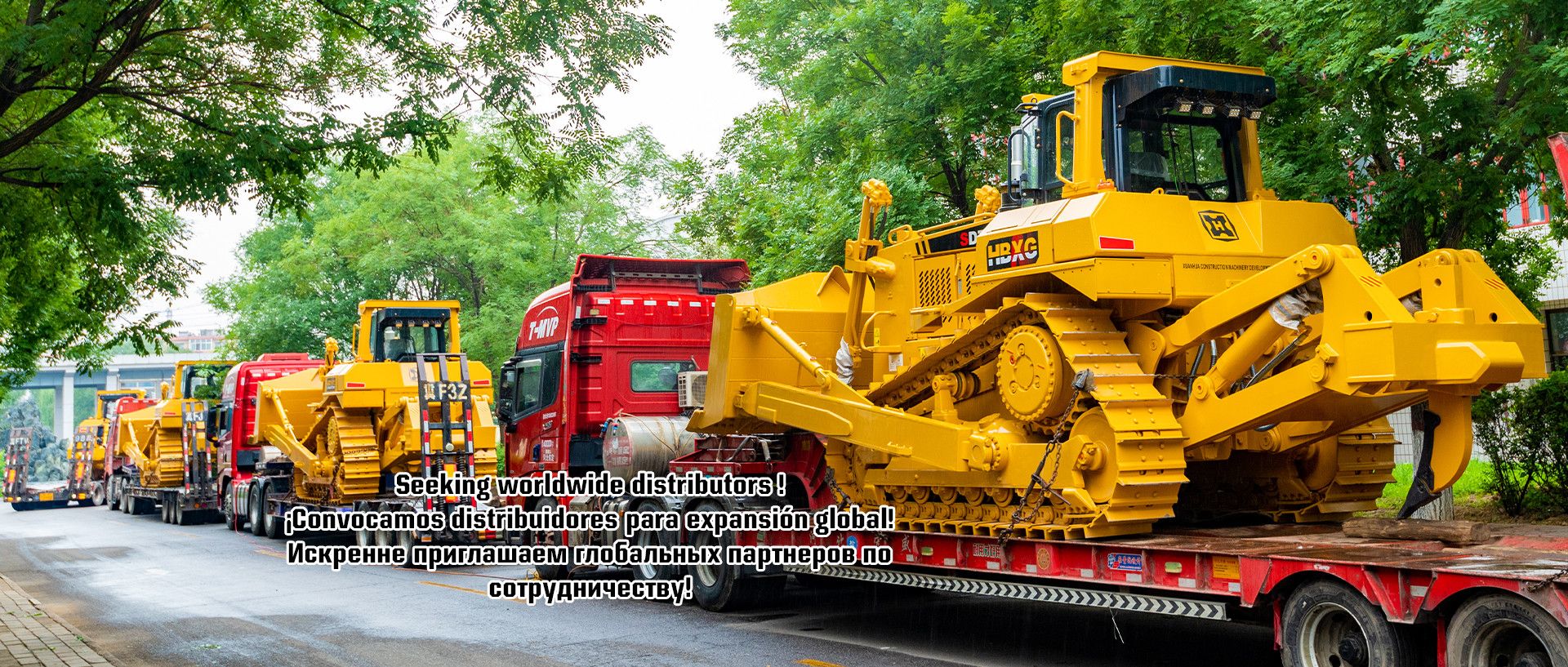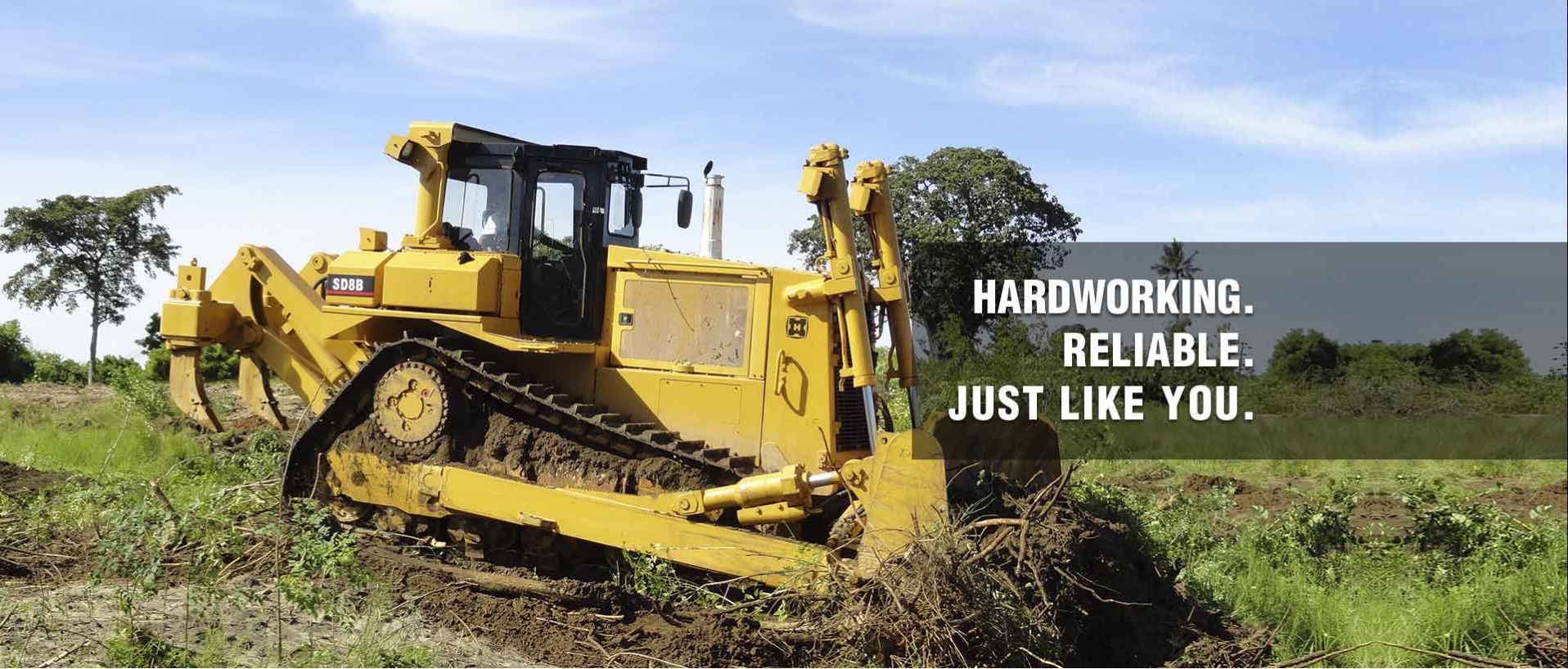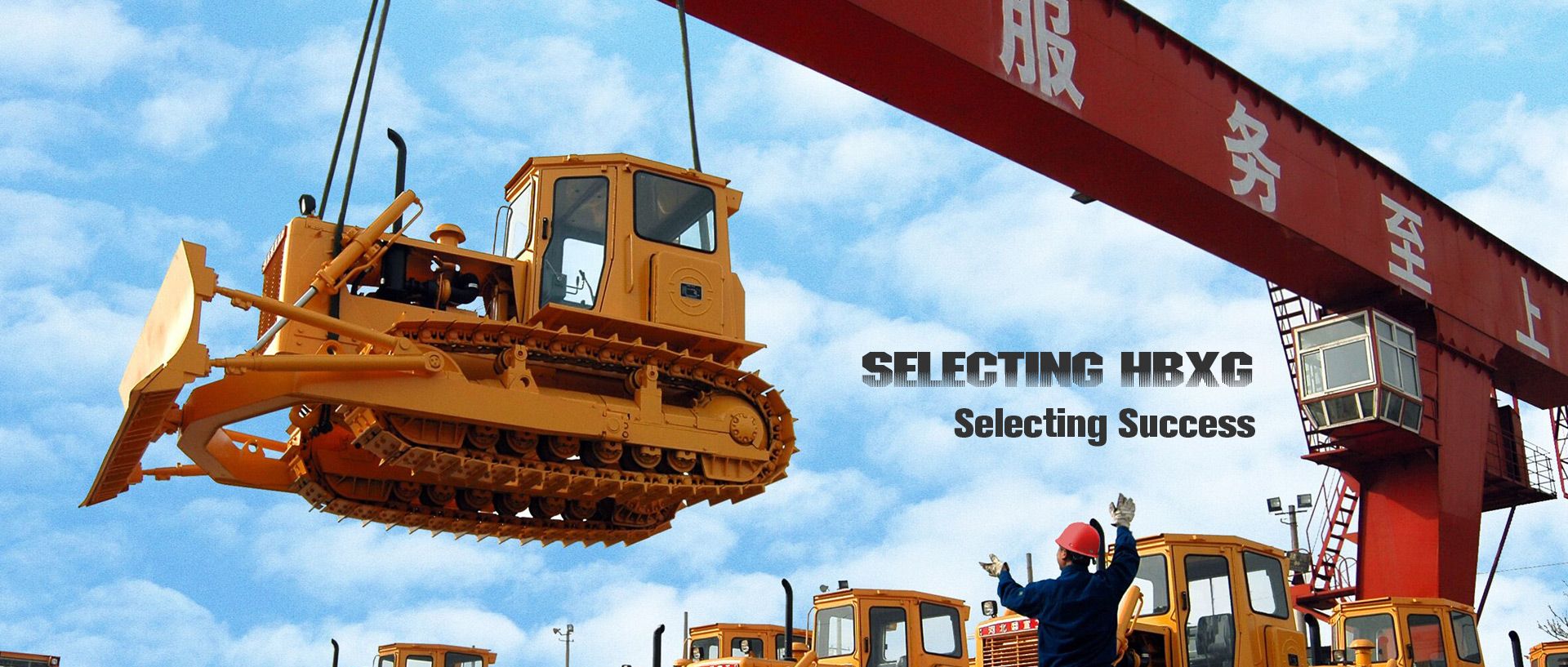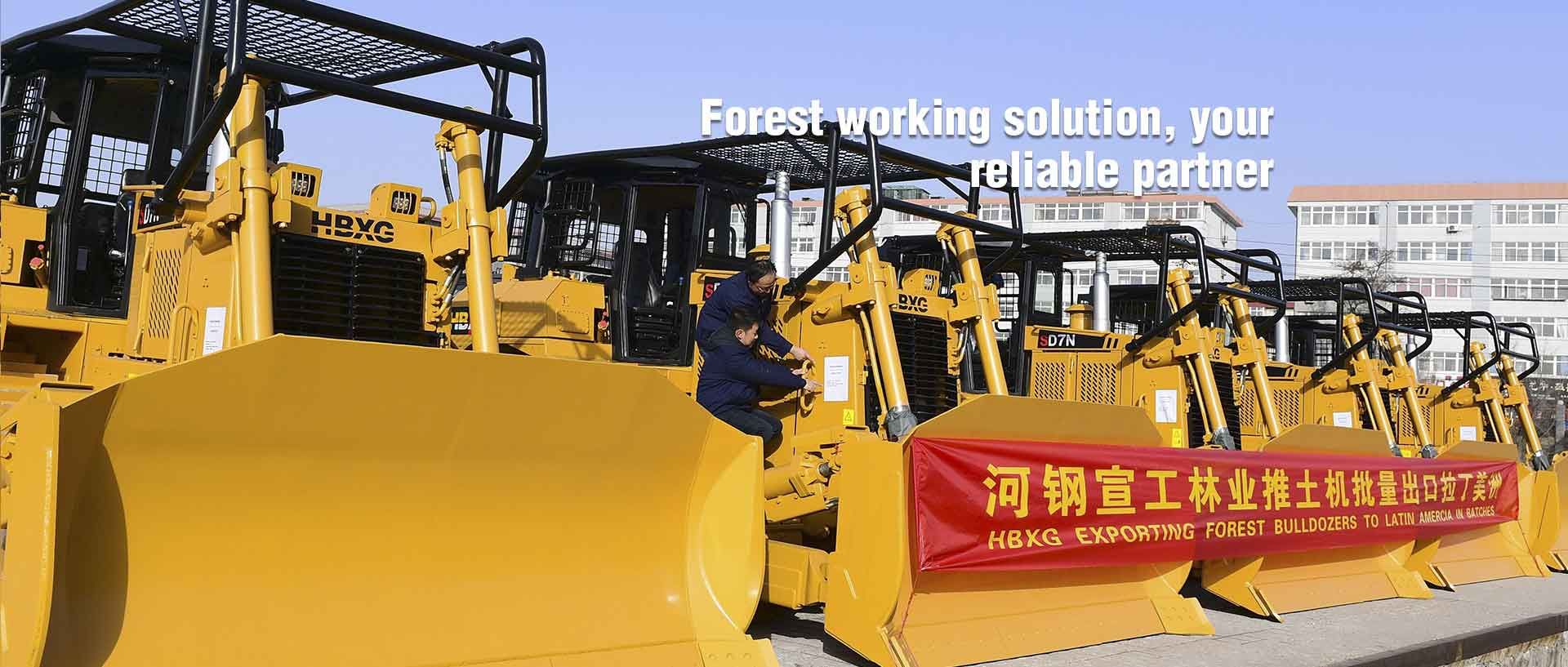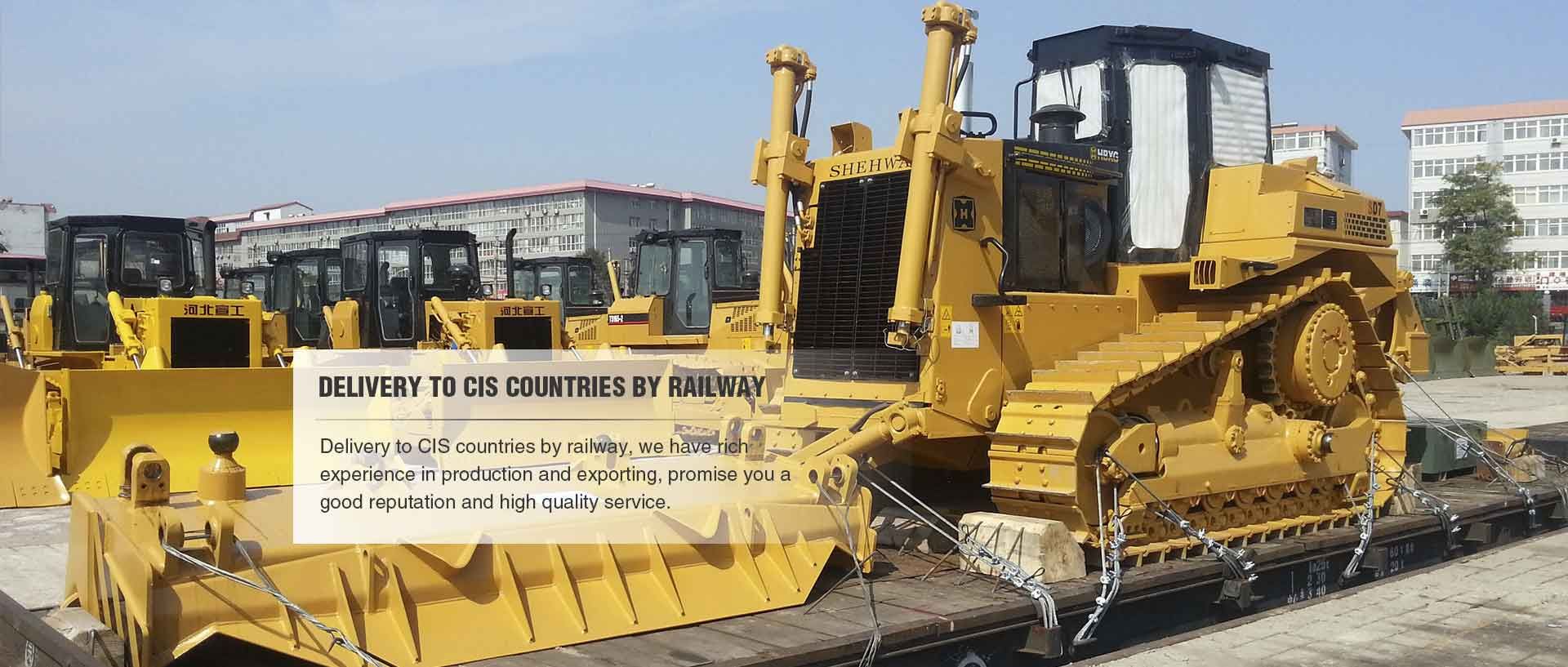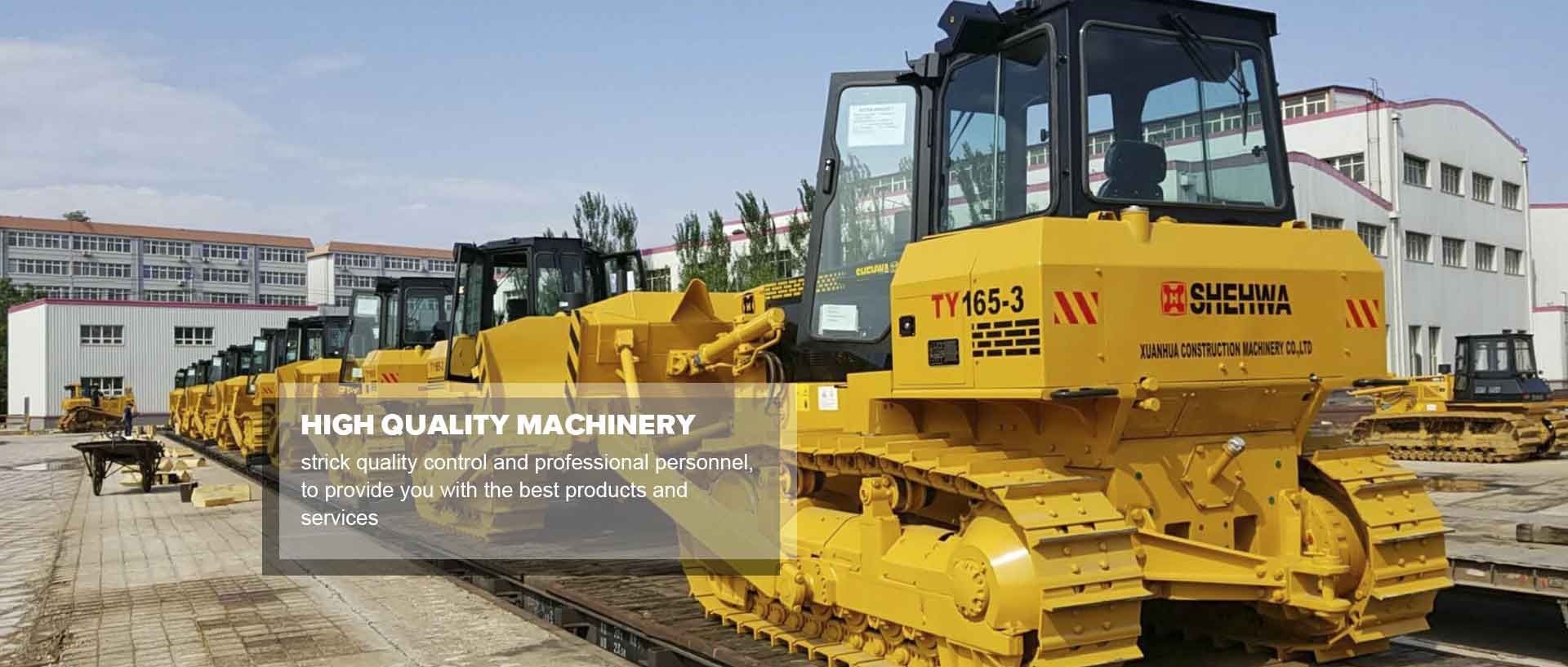Bulldozer Design and Manufacturing
 May. 08, 2021
May. 08, 2021
Background
Bulldozers gained popularity and widespread use in the 1920s and are often referred to as dozers, a clear descendant of tracked tractors. Used in conjunction with other earth moving vehicles, bulldozers are a powerful and necessary tool used on almost every construction site in the world.
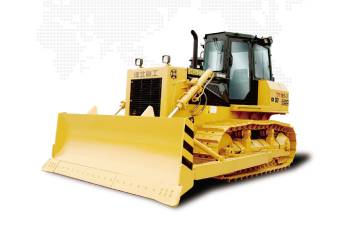
Bulldozers
Raw materials
Dozers and crawlers are characterized by their huge blades and versatile tracks, consisting of many structural, hydraulic and engine components. The core body of the bulldozer, including the mainframe and chassis, is made primarily of low-carbon structural steel and massive castings. The cab contains many glass, rubber and plastic components that enhance the ergonomic feel of the machine. The engine that powers the bulldozer and its various systems contains many high-strength steel components that can withstand high operating temperatures. Other necessary components, such as the blades, power train and various system components, are made of structural and high carbon steel. The tracks are made up of many standard grades of steel chains, which add to the tremendous weight of this mostly steel machine. Once the dozer is loaded with fuel, hydraulic oil, coolant, oil and other types of fluids, its weight increases by several hundred pounds. Decorative trim, decals and paint complete the dozer's aesthetic design and add a unique appeal.
Design
Two distinctive features of the bulldozer are the long, vertical steel blade at the front of the vehicle and the rotating double track, which facilitates the movement of the bulldozer. The blades can weigh up to 16,000 pounds and are used to push material from one place to another. Perpendicular to the ground, the curved blade is attached to the frame by a long lever arm that can be tilted and moved up and down under hydraulic power.
The familiar flexible tracks of bulldozers are widely used in industrial machinery and equipment and military tanks. In fact, some agricultural tractors are considered to be cousins of the bulldozer, as they also utilize flexible tracks in place of standard wheels. Steel links, sometimes over 2 feet in length, are attached with lubricated pins to provide smooth movement and stability. In addition, many Tracked Bulldozers use an elevated sprocket design that suspends the powertrain, thereby improving its responsiveness to terrain. The bulldozer's diesel engine can produce 50-700 hp, so rough terrain and steep hillsides are not a problem for this machine.
The operator's cab mounted above the flexible track contains a complex hydraulic mechanism that powers the blade over a limited vertical range. The cab design offers many improvements in operator comfort and ergonomics, and provides many improved automotive features such as air conditioning, AM/FM radio, automatic seat adjustment, electronic controls and system monitoring equipment. Pre-manufacturing engineering and research in these areas of bulldozer design mimicked the automotive industry in many ways.
The powertrain includes the transmission, differential and gears that rotate the track. In conjunction with the engine crankshaft, the powertrain will transfer power from the engine to the overhead sprocket gears. Many new dozers have independent steering, which allows each sprocket to rotate at full power, even if one sprocket is rotating slower when the dozer is turning. Other innovations in recent years include differential steering, hydraulic power, and planetary gear transmissions.
Manufacturing Process
The bulldozer is a seemingly endless network of bulky steel parts, complex systems and intricate assemblies, and its manufacturing process begins on an assembly line. Extensive machining, fabrication and sub-assembly must occur before final assembly. Manufacturing begins with engineering drawings and drawings from a computer-aided drafting program that outlines the construction methods for each component. Some of these programs can be used to set up the machines for most of the manufacturing, that is, in manufacturing cells, large machining centers and sub-assembly lines. This is called computer-aided manufacturing and is used to produce parts and assemblies that are joined together on the main line. Some of these parts will be heat treated, annealed or painted after the respective manufacturing cell, sub-assembly line or machining center step. An overhead conveyor system will then transport these parts through a rough paint or powder coating operation and lift them onto the main assembly line where they will arrive in time to be assembled. These parts can also be transported on lift trucks, carts or ground conveyors to reach the assembly area before being assembled to the dozer.
The company also offers Hydrostatic Bulldozers, so please feel free to contact us if you need one!















